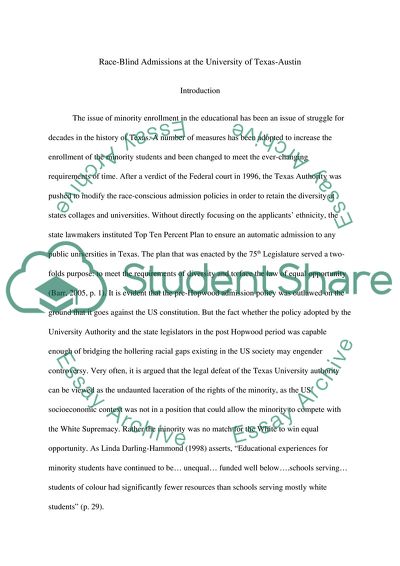Cite this document
(“Race-Blind Admissions at the University of Texas-Austin Article”, n.d.)
Race-Blind Admissions at the University of Texas-Austin Article. Retrieved from https://studentshare.org/social-science/1552486-race-blind-admissions-at-the-university-of-texas-austin
Race-Blind Admissions at the University of Texas-Austin Article. Retrieved from https://studentshare.org/social-science/1552486-race-blind-admissions-at-the-university-of-texas-austin
(Race-Blind Admissions at the University of Texas-Austin Article)
Race-Blind Admissions at the University of Texas-Austin Article. https://studentshare.org/social-science/1552486-race-blind-admissions-at-the-university-of-texas-austin.
Race-Blind Admissions at the University of Texas-Austin Article. https://studentshare.org/social-science/1552486-race-blind-admissions-at-the-university-of-texas-austin.
“Race-Blind Admissions at the University of Texas-Austin Article”, n.d. https://studentshare.org/social-science/1552486-race-blind-admissions-at-the-university-of-texas-austin.


